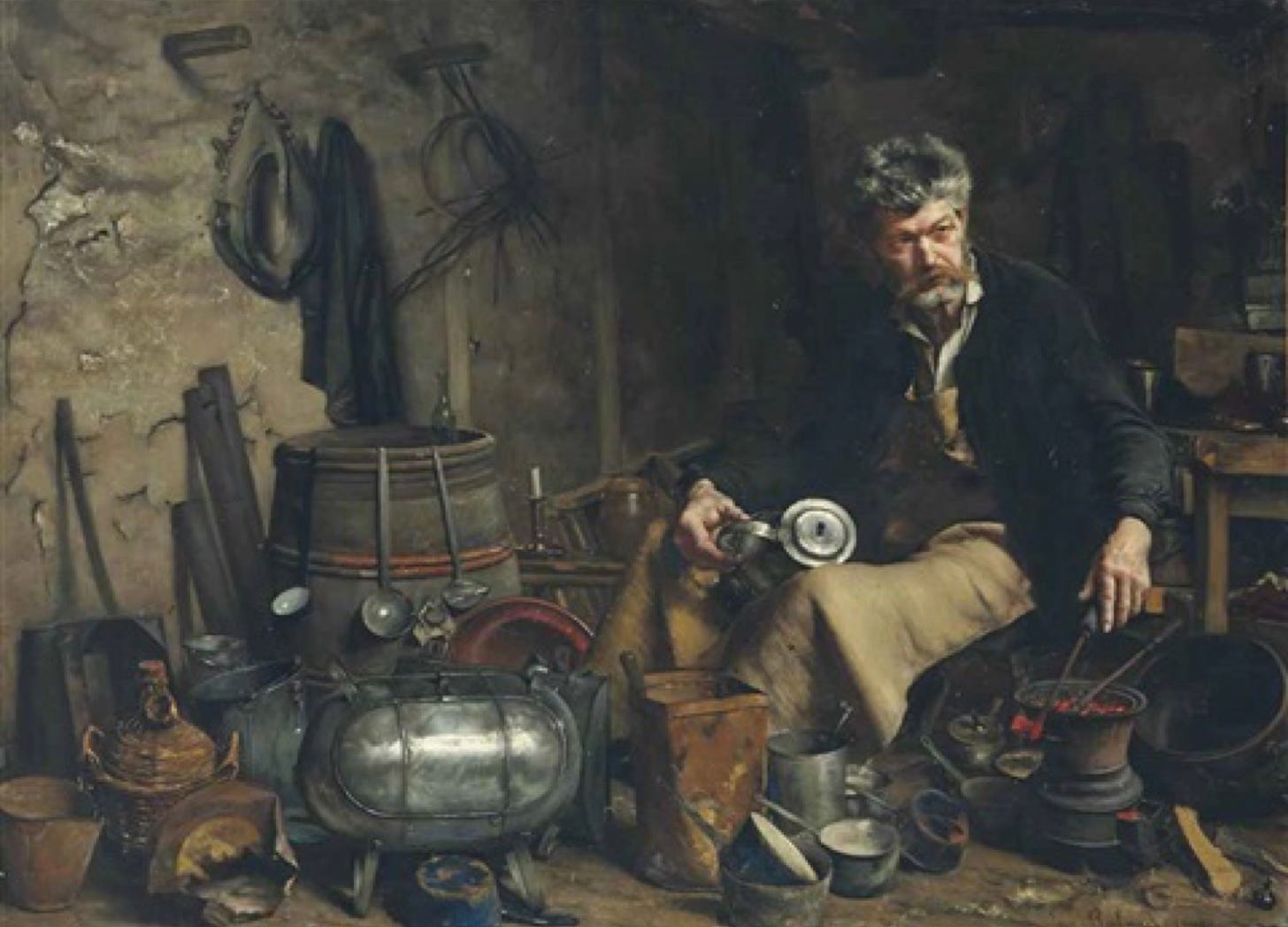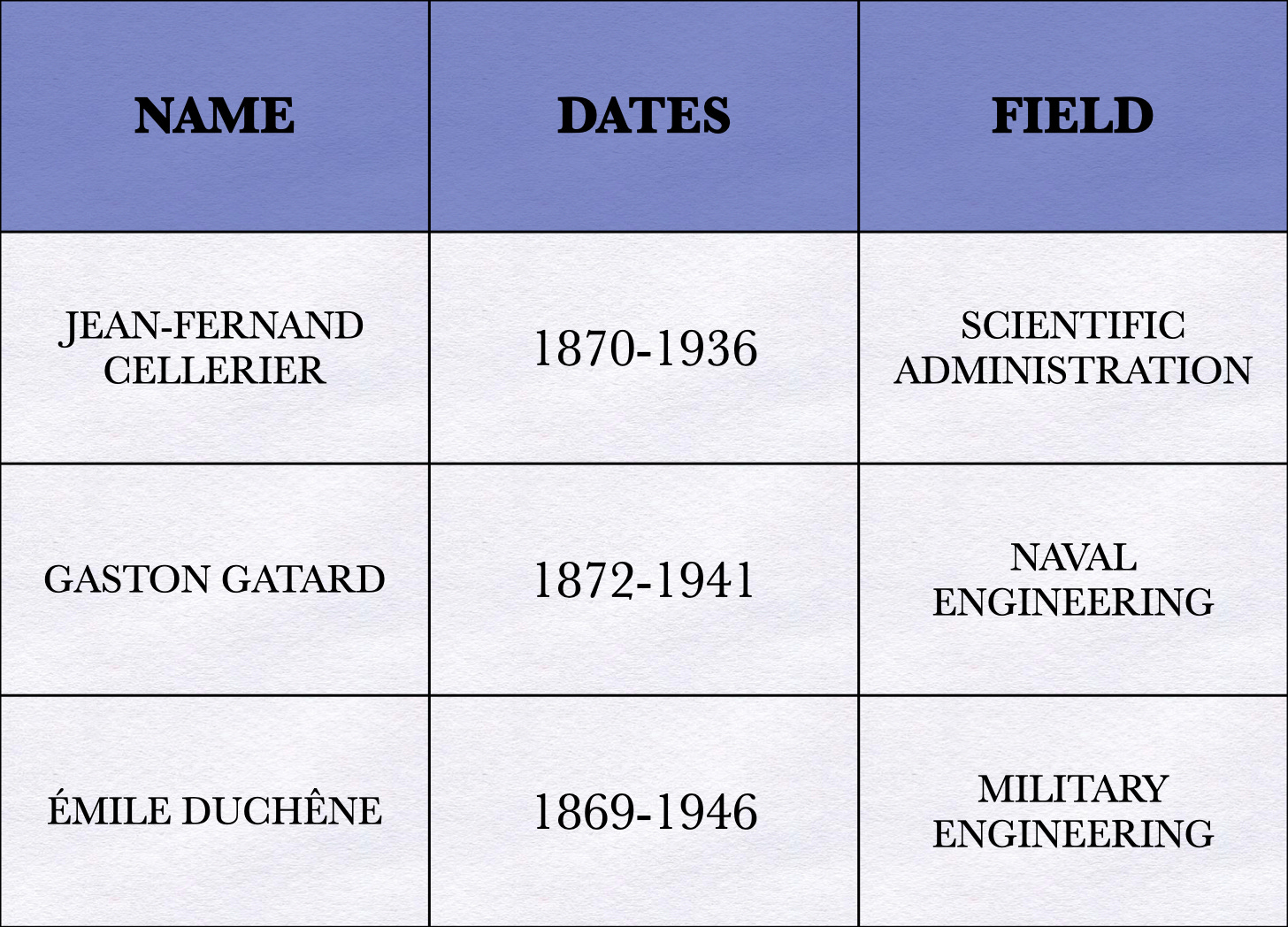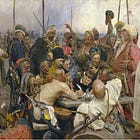Tinkering at the Front (Encore)
French Trench Mortars and Ukrainian Drones
Long periods of position warfare create opportunities for tinkering. During the first year or so of the First World War, such ad hoc ironmongery provided improvised trench artillery to French forces at the front. In the present war in Ukraine, a similar phenomenon has produced a variety of custom-tailored combat robots, most (but not all) of which fly.
The three front-line inventors who gave their names to improvised trench mortars studied at École Polytechnique in the early 1890s.1 Thus they benefitted from the ‘stridently agnostic’ style of teaching employed at that school. In this approach, teachers refrained from promulgating particular theories. Rather, they applied a variety of theoretical lenses to observations of the physical world, thereby fostering in their students an inclination towards empiricism.2
This phenomenon leads me to wonder about the background of the tactical tinkerers who modify drones for immediate use in the present war in Ukraine. Are they, like the French inventors of trench mortars, graduates of top engineering schools? If so, what was it about their schooling that fostered (or, at the very least, failed to inhibit) such creativity?
For the First Edition of This Post (Complete with Comments)
To Subscribe, Share, or Support:
For Further Reading:
Biographical details for the French inventors come from Léonore, the data base of members of the Légion d’honneur.
This characterization of teaching at the École Polytechnique comes from Peter Gallison Einstein’s Clocks and Poincaré’s Maps: Empires of Time (New York: W.W. Norton, 2003) Chapter 2









I recall an anecdote from WWII...US bombers in the Pacific could not hit the small, flat-bottomed boats the Japs (can we still call them that?) were using to ferry materials and supplies from island to island. They had lead motor-boats pulling trains of flat-bottom boats. The US troops took the matter in their own hands, producing racks of .50 Brownings which they mounted in the noses of B-24/B-25s. With a ton of forward-firing fifty-cals, the pilots had only to point their planes at that which they wished to destroy, see where they were hitting, adjust, and that fucked the jap boat-trains right up. This design was then reported widely, it went back the USofA, where engineers professionalized the design and handed it to factories. It was mass-produced to specs, shipped back over to the bomber crews, who promptly put them in every plane they could to stop the supply trains going from island to island. It was a rare example of a feedback loop from the front to the manufacturing base and back.